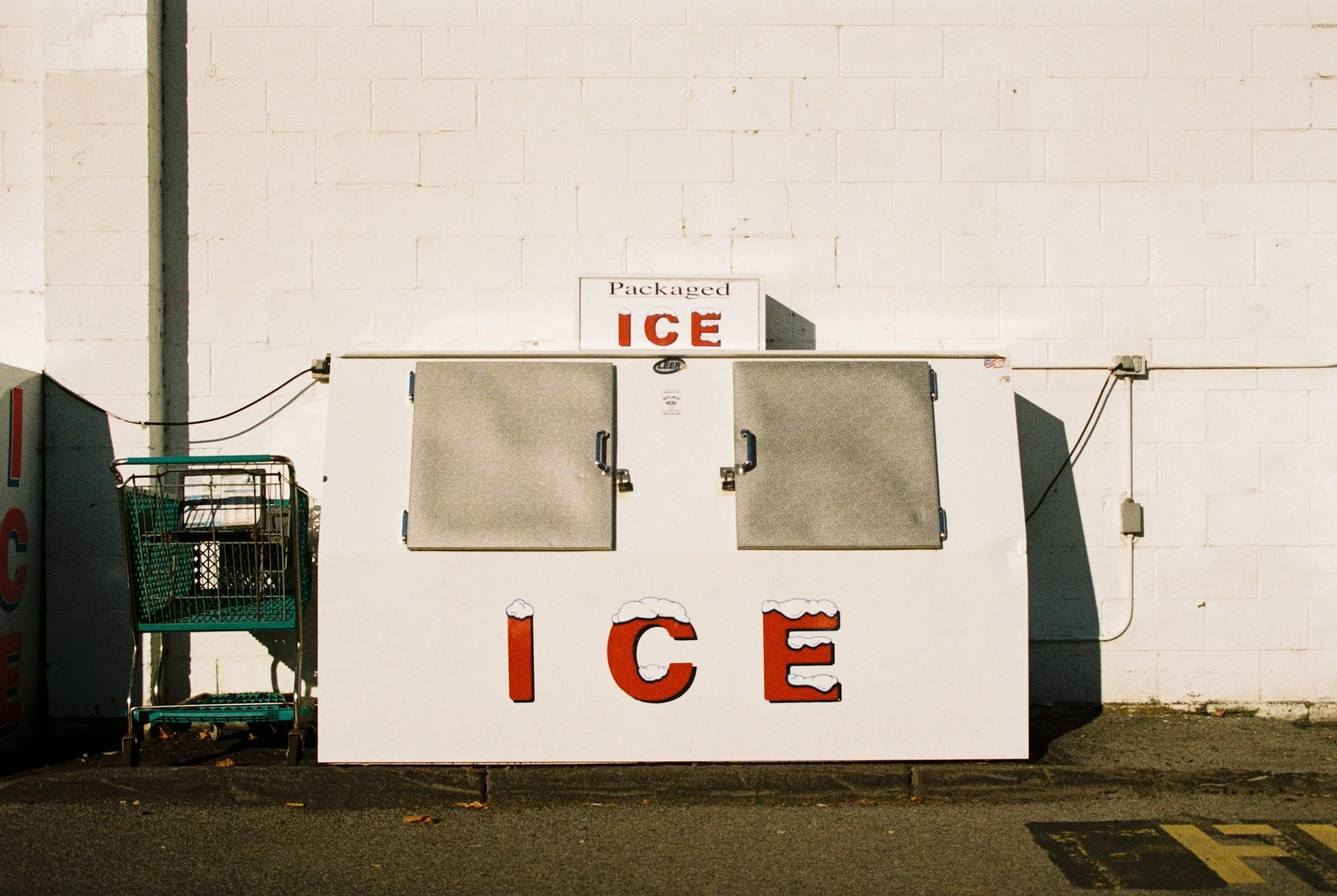6 Ingredients in a Troubled City's Impressive Recovery
South Bend in 1968. (David Wilson via Flickr)
What does it really take to bring a depopulating city back from the brink? Scott Ford has some ideas.
In early 2011, still near the bottom of the Great Recession, Newsweek published a listicle of America’s Top 10 “Dying Cities.” Near the top of the list was South Bend, Indiana—famous as the home of the University of Notre Dame, but also an infamously troubled place.
When the Studebaker car company closed in 1963, the northern Indiana city’s economy fell off a cliff. 40% of the entire city’s payroll disappeared overnight, and the next few decades were a story of what Scott Ford calls “post-traumatic decline.” South Bend lost 30,000 residents, as many of those who stayed put in the region moved to the suburbs.
This past decade, though, Ford—who was South Bend’s Director of Community Investment before accepting a position last year as Associate VP of Economic Development with the University of Notre Dame—has been one of the key players in a remarkable turnaround effort for South Bend. This effort is still very much a work in progress, but is bearing major fruit. Today, South Bend’s blighted neighborhoods are more stable, vacant homes have been rehabilitated, and its downtown is attracting new businesses, including startups seeded at Notre Dame whose founders, for a change, are opting to stay put.
South Bend’s story has received some national press of late thanks to the presidential campaign of its young mayor, Pete Buttigieg. But one person, no matter how talented, doesn’t steer a firing-on-all-front revitalization effort alone. For the latest episode of the Strong Towns Podcast, Strong Towns president and founder Charles Marohn sat down with Ford to talk about South Bend’s experience and lessons for other local governments. Among them:
Break down silos. Ford describes how South Bend merged its economic development and community development departments—in a lot of cities, those tasked with working mainly with businesses and those working with neighborhoods don’t communicate well or form a united front.
Recognize the importance of the public realm. South Bend’s downtown had been damaged in the post-WWII era by the conversion of streets to one-way couplets, a Cold War planning practice designed to move traffic quickly in the event of an evacuation. (Ford grimly jokes that “These have been evacuating cities ever since.”) To help reverse South Bend’s stroad mentality and restore two-way downtown streets that would be walkable, pleasant places to be, a team of planners and engineers executed a Complete Streets program that ended up transforming over 15 miles of street.
Cultivate allies early. The fire department is the bane of many a safe-streets advocate’s existence, but in South Bend, Ford says, “We got the firefighters on board” early. Time trials with ambulances on streets that would be converted to 2-way demonstrated the time savings and improved safety. The city also saved its fire department $3 million by reallocating vehicles after a study found that 96% of calls handled by a fire truck could have been handled by an SUV.
Get results early to demonstrate what’s possible. Redevelopment in a blighted, depopulated city faces a Catch-22: lenders are hesitant to finance construction without a successful, comparable project nearby to point to—but no such project exists if no developer can get financing. To clear this obstacle, the city brought in respected market research firm Zimmerman Volk to demonstrate the demand for downtown housing in South Bend. And outside downtown, Notre Dame itself guaranteed loans for new houses in a neighborhood near campus, at a time when private banks would not. Some of these houses are now worth as much as $700,000.
Do the math on every project. Ford stresses the importance of making the case for the fiscal return-on-investment of the city’s efforts, from addressing vacant homes to redesigning streets. It’s not about “leading by tabulation,” he says, but “being able to ground those projects in fiscal merits, not just aesthetic ones, was really important to being able to gain the trust of the elected officials and the population.”
Seek out opportunities to innovate. South Bend, equipped with a Code for America grant, brought in a team of 7 fellows to work as an in-house consulting service to organizations in the South Bend region. They helped find efficiencies in local government, such as writing a route optimization algorithm for solid waste collection. And they helped South Bend turn into a place where innovators feel welcome. Increasing, startups that emerge from Notre Dame stay put, instead of their founders moving to bigger cities.
Want to hear a lot more from Scott Ford about South Bend’s efforts to steer a better course? Check out his conversation with Chuck Marohn on this week’s Strong Towns Podcast.
Mentioned in this episode:



There’s a certain artistic quality to abandoned spaces—but if we look a bit deeper, these ruins also hold lessons about patterns of disinvestment and policy shifts that have adversely affected American communities.